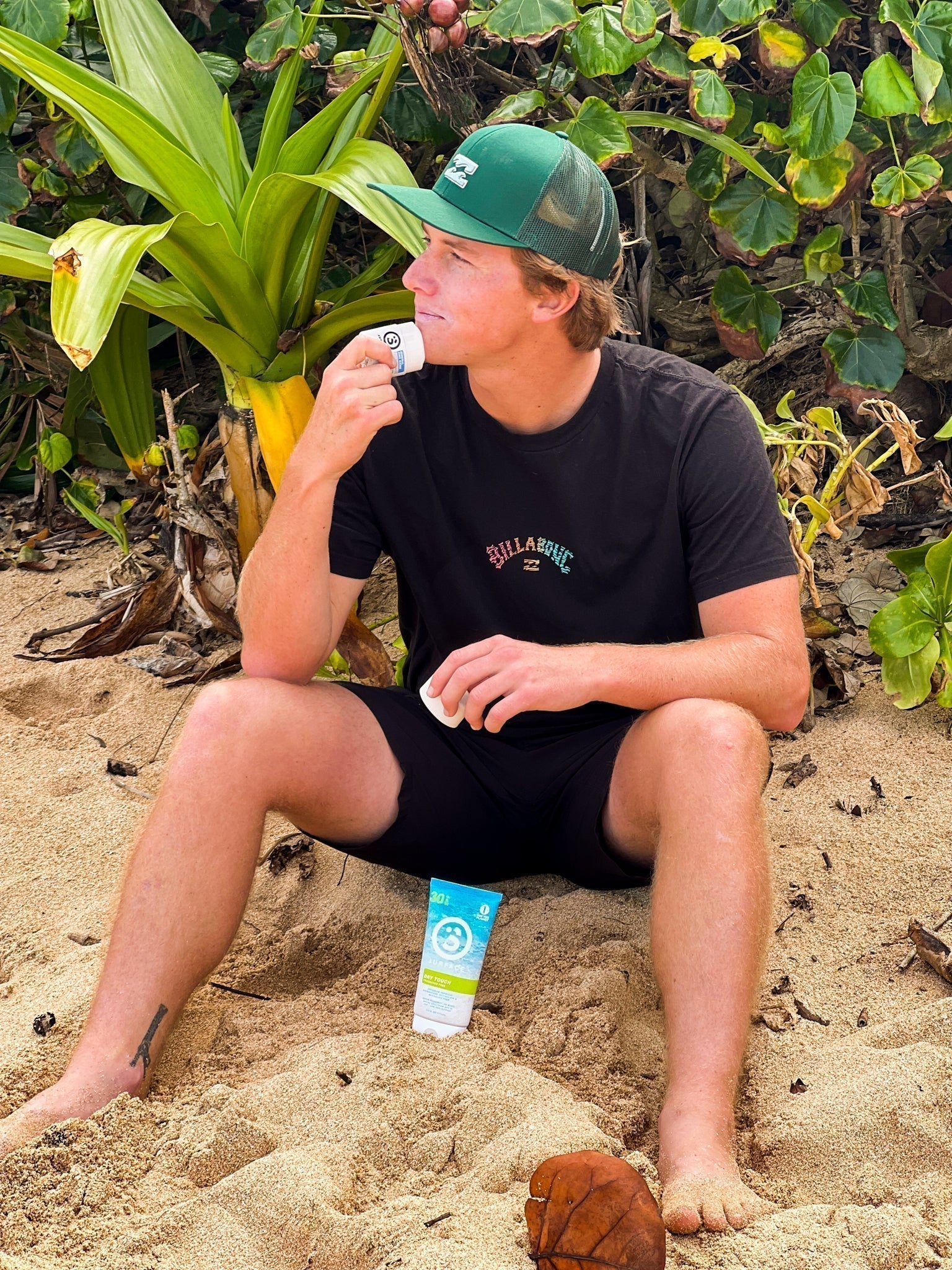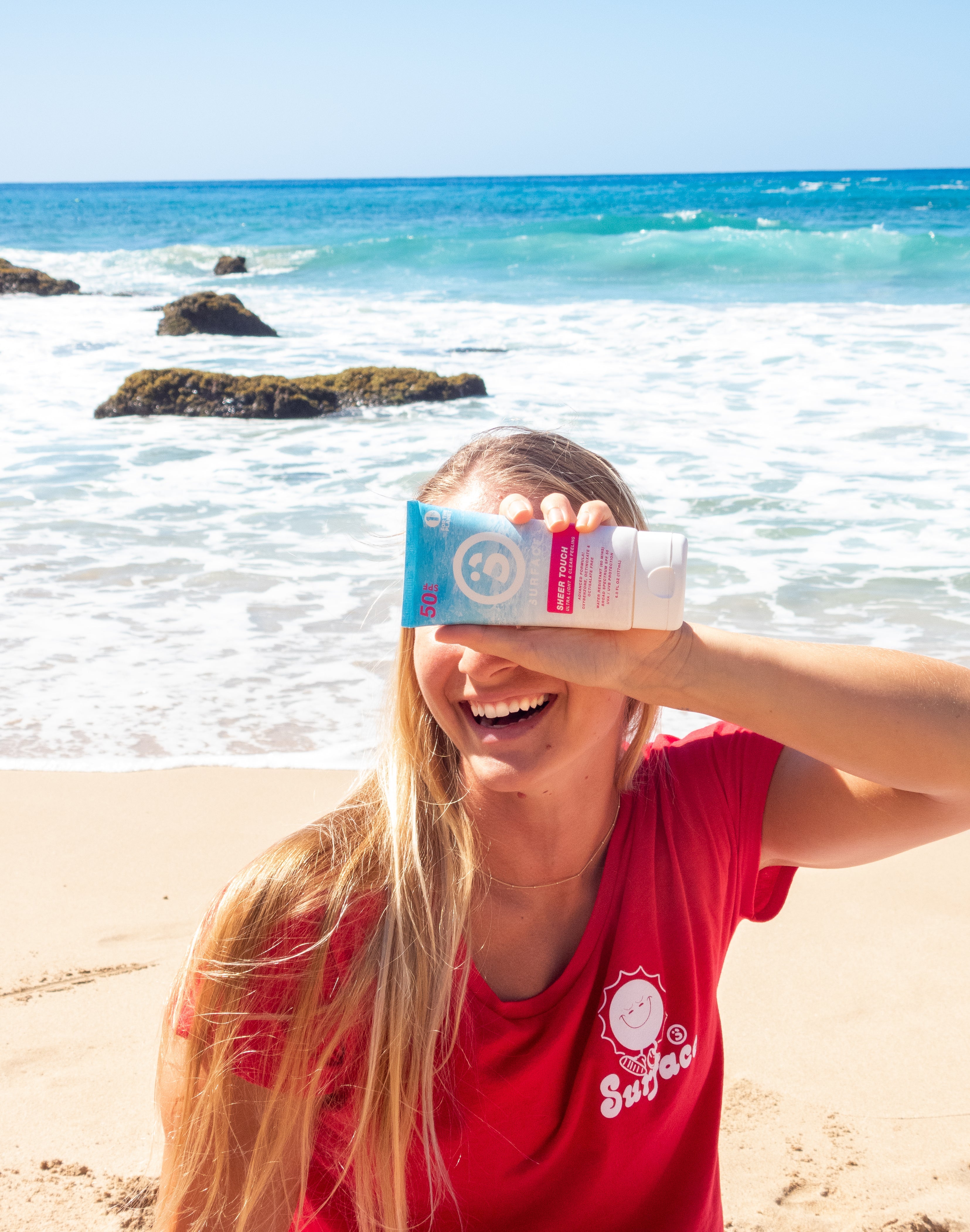When Was Sunscreen Invented?

When Was Sunscreen Invented? A Journey Through History and the Evolution of Sun Protection
The sun is a powerful force that gives us light, warmth, and life. But too much exposure to the sun's ultraviolet (UV) rays can be harmful to our health, causing sunburn, premature aging, and an increased risk of skin cancer. That's where sunscreen comes in.
Sunscreen is a lotion, spray, or cream that's applied to the skin to protect it from the sun's harmful UV rays. Sunscreens work by absorbing, reflecting, or scattering the sun's rays, preventing them from penetrating the skin.
The history of sunscreen goes back thousands of years, with evidence of ancient cultures using natural substances to protect their skin from the sun. The ancient Egyptians, for example, used extracts from rice, jasmine, and lupine plants to create a natural sunscreen. The Greeks also used olive oil as a form of sun protection.

Fast forward to the 20th century, and we see the birth of modern-day sunscreen. In the 1930s, a Swiss chemistry student named Franz Greiter invented the first sunscreen while on a mountaineering trip. He wanted to protect his skin from the harsh alpine sun, so he mixed zinc oxide with petrolatum and created a thick, white paste that could be applied to the skin.
Since then, sunscreen has evolved dramatically, with new formulations that are more effective, longer-lasting, and better for our skin and the environment. In this article, we'll explore the history of sunscreen, how it works, and how to choose the right sunscreen for your skin type. We'll also dispel common myths and misconceptions about sunscreen to help you stay safe in the sun.
Ancient Sun Protection Methods
Ancient cultures had a deep respect for the power of the sun and recognized the need to protect their skin from its harmful effects. They developed a variety of natural methods to shield themselves from the sun, using ingredients like plants, minerals, and oils.
In ancient Egypt, for example, extracts from rice, jasmine, and lupine plants were used to create a natural sunscreen. The Egyptians mixed these extracts with a type of clay to create a paste that was applied to the skin. This not only protected their skin from the sun but also provided a cooling sensation.
The Greeks also had their own methods of sun protection. They used olive oil as a form of sunscreen, applying it to their skin before spending time in the sun. The oil would act as a barrier to the sun's rays and helped to moisturize the skin.
The Mayans, Aztecs, and Incas in Central and South America used a variety of natural substances to protect their skin from the sun. They used ingredients like rice, corn, and cocoa to create natural sunscreens that were applied to the skin. These substances not only protected their skin from the sun but also had other benefits, such as moisturizing the skin and keeping it soft.
In India, a traditional sun protection method involves using a paste made from sandalwood powder and turmeric. This paste is applied to the skin and left to dry, creating a protective barrier that shields the skin from the sun's harmful rays.
Even with these natural methods, people still experienced sunburn and skin damage. It wasn't until the 20th century that modern-day sunscreen was developed, providing a more effective way to protect the skin from the sun's harmful UV rays. Nonetheless, ancient sun protection methods demonstrate that humans have long recognized the importance of protecting their skin from the sun and have developed creative ways to do so.
The First Sunscreens
The first modern sunscreen was developed in the early 20th century. In 1928, a Swiss chemistry student named Franz Greiter suffered a severe sunburn while climbing a mountain. This experience inspired him to develop a product that would protect his skin from the sun's rays.
Greiter's sunscreen, called Gletscher Crème, was based on a mixture of zinc oxide and titanium dioxide. This formula provided a physical barrier to the sun's rays, which was more effective than the previous methods of sun protection.
The first commercial sunscreen was developed by Eugene Schueller, the founder of L'Oreal, in 1936. The product, called Ambre Solaire, was a combination of chemical filters that absorbed UV rays and prevented them from reaching the skin.
Sunscreen in the Post-War Era
The popularity of sunscreen increased dramatically in the post-war era, as people became more aware of the harmful effects of the sun's rays. In the 1950s, Coppertone introduced its iconic advertising campaign featuring a little girl with a tan line and a puppy pulling down her swimsuit bottom. This campaign helped to make sunscreen more mainstream and encouraged people to use it to protect their skin from the sun.
In the 1960s and 1970s, new sunscreen ingredients were developed that provided better protection against both UVA and UVB rays. In 1978, the FDA introduced a system for rating sunscreens based on their effectiveness at blocking UVB rays. This system is still used today and is known as the SPF (Sun Protection Factor) rating system.
In the 1980s and 1990s, new forms of sunscreen were developed, including sprays and lotions that were easier to apply. These new formulations made it easier for people to use sunscreen on a regular basis and helped to increase the popularity of sunscreen even further.
Modern Sunscreen Formulas
Today, there are many different types of sunscreen available, from mineral and organic to water-resistant and environmentally friendly. Some sunscreens use physical blockers like zinc oxide and titanium dioxide to provide a barrier against the sun's rays, while others use chemical filters that absorb UV rays and prevent them from reaching the skin.
In recent years, there has been a growing trend towards more natural and environmentally friendly sunscreen formulations. Many people are concerned about the impact that sunscreen chemicals can have on the environment, particularly on coral reefs. As a result, some sunscreen manufacturers are now using more natural and organic ingredients in their products and are committed to reducing their impact on the environment.
In addition to these new formulations, there has been a growing focus on the importance of proper sunscreen application. To get the best protection from sunscreen, it's important to apply it correctly and to reapply it often, especially if you're swimming or sweating. Sunscreen should be applied at least 15 minutes before going out in the sun and should be reapplied every two hours or immediately after swimming or sweating.
Choosing the Right Sunscreen
With so many different types of sunscreen available, it can be difficult to know which one to choose. Here are some tips to help you find the right sunscreen for your skin type:
Look for a sunscreen with a broad-spectrum SPF of 30 or higher. This will provide protection against both UVA and UVB rays.
Choose a sunscreen that is water-resistant if you'll be swimming or sweating.
If you have sensitive skin, look for a sunscreen that is hypoallergenic and fragrance-free.
If you have oily skin, look for a sunscreen that is oil-free and non-comedogenic.
If you're concerned about the environment, look for a sunscreen that is biodegradable and reef-safe.
Sunscreen Myths and Misconceptions
There are many myths and misconceptions about sunscreen that can make it difficult to know how to use it correctly. Here are some common myths about sunscreen and the truth behind them:
Myth: You only need to use sunscreen on sunny days.
Truth: UV rays can penetrate clouds and can still cause damage to your skin on cloudy days.
Myth: You don't need to use sunscreen if you have dark skin.
Truth: People with darker skin can still get sunburned and are at risk of skin cancer.
Myth: You don't need to use sunscreen if you're indoors all day.
Truth: UV rays can penetrate windows and can still cause damage to your skin even if you're indoors.
Myth: You only need to apply sunscreen once a day.
Truth: Sunscreen should be reapplied every two hours, or immediately after swimming or sweating.
Conclusion
In conclusion, sunscreen is an essential tool in protecting our skin from the sun's harmful rays. The history of sunscreen has shown how our understanding of the sun's effects on the skin has evolved over time, leading to the development of modern-day sunscreens that are more effective and better for our skin and the environment.
Choosing the right sunscreen can be overwhelming, with so many options available on the market. It's important to consider your skin type, the SPF level, and the type of activities you'll be doing in the sun. It's also essential to apply sunscreen correctly, using enough of it and reapplying frequently to ensure maximum protection.
While sunscreen is essential for protecting our skin, it's not a foolproof solution. It's still important to take other sun protection measures, such as wearing protective clothing, seeking shade, and avoiding sun exposure during peak hours.
By understanding the history of sunscreen and the science behind how it works, we can make informed choices about how to protect our skin and stay safe in the sun. With the right sunscreen and sun protection habits, we can enjoy the many benefits of the sun while minimizing the risks to our health.





